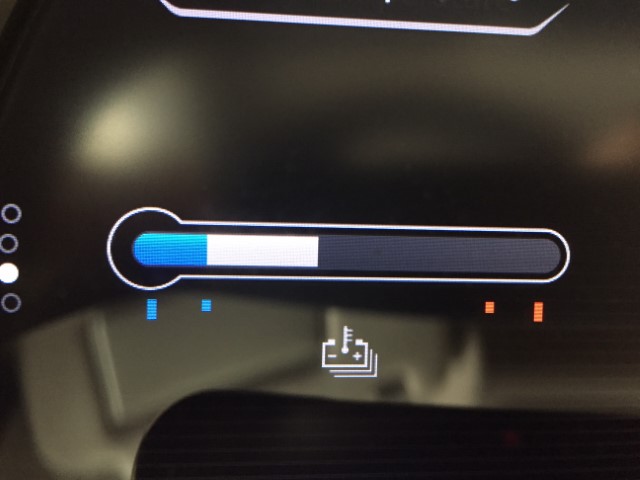LeftieBiker said:Driving at 68MPH in cool weather isn't overheating your battery.
It depends on what you consider as overheating!

LeftieBiker said:Driving at 68MPH in cool weather isn't overheating your battery.
Todd1561 said:Unfortunately, it seems I'm right about the battery warranty. This text is straight from the 2019 Nissan warranty booklet :/
https://www.nissanusa.com/content/d...af/2019/2019-Nissan-LEAF-warranty-booklet.pdf
This warranty covers any repairs needed to return battery capacity to a level of nine remaining segments on the vehicle’s battery capacity level gauge. If possible, the lithiumion battery components will be repaired or replaced, and the original lithium-ion battery will be returned to the vehicle. If necessary, the lithium-ion battery will be replaced with a new, remanufactured or factory reconditioned lithium-ion battery. Any repair or replacement made under this Lithium-Ion Battery Capacity Coverage may not return your lithium-ion battery to an “as new” condition with all 12 battery capacity segments, but it will provide the vehicle with a capacity level of nine segments or more on the battery capacity level gauge.
lorenfb said:LeftieBiker said:Driving at 68MPH in cool weather isn't overheating your battery.
It depends on what you consider as overheating!
Todd1561 said:Can someone explain the battery temp. gauge? I have a blue bar at about the 15% mark this morning and a grey bar about 45%. I assume the blue bar is the current reading. Is the grey bar the lifetime maximum? The manual only says that anything under the 2 red ticks is "normal." Also, what reading on the temp gauge do people consider "too hot?" It seems to me getting all the way to the red ticks would be too hot, even though the manual states this is "normal."
Today was just a short drive (10 minutes) and cold out for NC (40F). I'll take a look on my next long drive.

Todd1561 said:Can someone explain the battery temp. gauge? I have a blue bar at about the 15% mark this morning and a grey bar about 45%.
Todd1561 said:What is considered too hot?
lorenfb said:Todd1561 said:What is considered too hot?
Think in terms of what is considered as a problematic ambient, e.g. the worst area for the gen1 Leaf was Tucson @ +95-110F.
danrjones said:Also, again, get leafspy, even the free version, and and OBII dongle, and look at the actual temps not the nebulous "bar".
danrjones said:I'm not a battery expert, but its not just how hot you get your battery, but how LONG its hot.
lorenfb said:danrjones said:I'm not a battery expert, but its not just how hot you get your battery, but how LONG its hot.
Obviously a short trip less than an hour with an ambient around 70-80F won't be problematic for a battery temp approaching 100-110F.
Remember, a Leaf is not a Bolt or a Tesla with TMS.
WetEV said:lorenfb said:danrjones said:I'm not a battery expert, but its not just how hot you get your battery, but how LONG its hot.
Obviously a short trip less than an hour with an ambient around 70-80F won't be problematic for a battery temp approaching 100-110F.
Remember, a Leaf is not a Bolt or a Tesla with TMS.
Tesla TMS limits temperatures to about 45C. That's 113 F. So go look in my LeafSpy logs. The hottest I've ever gotten my 2014 Leaf is 38.4 C. With multiple QCs on a hot summer day, peak ambient 33C... Latest SOH is ~90% at 58k miles.
Todd1561 said:What is considered too hot?
Todd1561 said:Something of an off topic question, but related to the overall question of SOH degradation. When the SOH drops does the battery consequently use less energy to charge and charge faster? Or am I still dumping the same kWH into the pack just getting less power out of it? Hopefully it's the former!
Todd1561 said:Something of an off topic question, but related to the overall question of SOH degradation. When the SOH drops does the battery consequently use less energy to charge and charge faster? Or am I still dumping the same kWH into the pack just getting less power out of it? Hopefully it's the former!
Enter your email address to join: